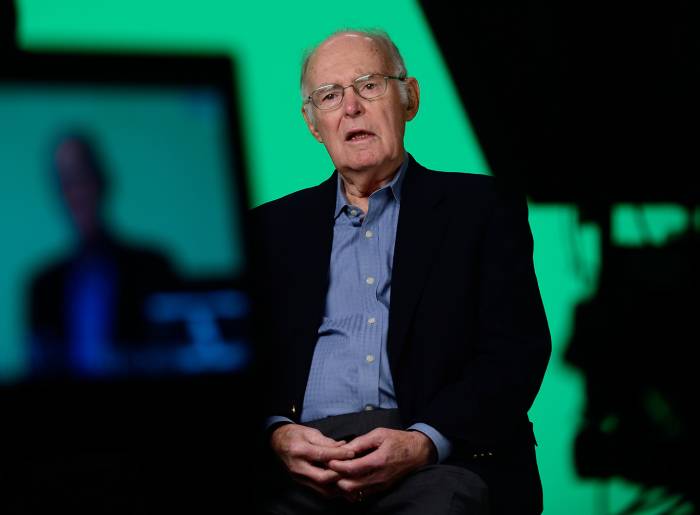
March 26, 2023: Intel co-founder and the man after whom “Moore’s law” is named --Gordon Moore -- died on March 24, 2023, at the age of 94 at his home in Hawaii.
In 1965, Gordon Moore made a simple observation that has revolutionized the computing industry. It states, the number of transistors – the fundamental building blocks of the microprocessor and the digital age – incorporated on a computer chip will double every year year, resulting in increased computing power and devices that are faster, smaller and lower cost.
Moore and his long time colleague Robert Noyce founded Intel in July 1968. Moore initially served as executive vice president until 1975, when he became president. In 1979, Moore was named chairman of the board and chief executive officer, posts he held until 1987, when he gave up the CEO position and continued as chairman. In 1997, Moore became chairman emeritus, stepping down in 2006.
Pat Gelsinger, Intel CEO, said, “Gordon Moore defined the technology industry through his insight and vision. He was instrumental in revealing the power of transistors, and inspired technologists and entrepreneurs across the decades. We at Intel remain inspired by Moore’s Law, and intend to pursue it until the periodic table is exhausted. Gordon’s vision lives on as our true north as we use the power of technology to improve the lives of every person on Earth. My career and much of my life took shape within the possibilities fueled by Gordon’s leadership at the helm of Intel, and I am humbled by the honor and responsibility to carry his legacy forward.”
Prior to establishing Intel, Moore and Noyce participated in the founding of Fairchild Semiconductor, where they played central roles in the first commercial production of diffused silicon transistors and later the world’s first commercially viable integrated circuits. The two had previously worked together under William Shockley, the co-inventor of the transistor and founder of Shockley Semiconductor, which was the first semiconductor company established in what would become Silicon Valley. Upon striking out on their own, Moore and Noyce hired future Intel CEO Andy Grove as the third employee, and the three of them built Intel into one of the world’s great companies. Together they became known as the “Intel Trinity,” and their legacy continues today.
Long after what became known as Moore’s law after he wrote an article in “Elecrtonics Magazine” in April 1965, Moore said: “All I was trying to do was get that message across, that by putting more and more stuff on a chip we were going to make all electronics cheaper.”
End of Moore's Law -- or not?
During the IEEE International Electron Devices Meeting in December 2022, Intel claimed that by 2030, there would be circuits with transistor counts of a trillion, roughly ten times the number of transistors currently available on modern CPUs. ( Today the densest chip -- the Apple M1 Ultra uses 5 nanometer fabrication technology and puts 114 billion transistors on the chip -- a far cry from 4-16 transistors when Moore first postulatd his ';law')
Intel's Components Research Group predicted the future of circuits manufacturing and how new packaging technologies and materials will allow chipmakers to build chips with 10x the transistor density, thus sustaining Moore's Law.
However general industry wisdom is that silicon fabrication touches 3-4 nanometer it will hit a physical wallbeyond which it will not be feasible to squueze more transistors into a given chip -- and this limit will be reached in a year or so.In any case, microchoip fabrication is going 3-dimensional with multiple layers placed one of top of the other to overcome fabcrication challenges.
Gordon Moore and his 'law': see picture story here